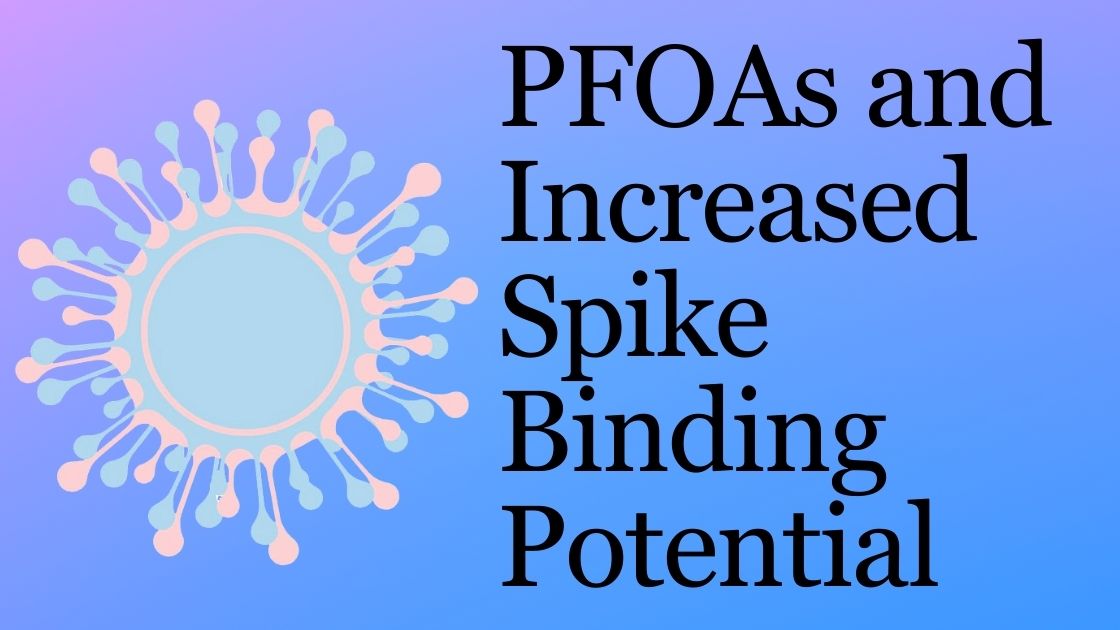A November 2021 study in the journal Toxicology Reports points out an interaction between an environmental toxicant and the ACE2 receptor for the spike protein.
Background:
Perfluoroalkyl substances (PFAS) are a class of synthetic chemicals that include over 4000 compounds.
Since the 1940s, perfluorooctanoic acid (PFOA), an 8-carbon PFAS, has been widely used in household products and industrial applications. PFOAs are found in non-stick coatings – from stain-repellent fabrics to cookware to food wrappers.
PFOA has been detected in more than 98% of blood samples in the US — it is truly ubiquitous.
The half-life in the body is 2.4 years. PFOAs are compounds that are not easily broken down or eliminated – from the body or even from the environment.
Most of the studies on PFOAs look at its effect on obesity, cancer, and pregnancy.
Interaction with SARS-CoV-2:
The researchers found that PFOA, when given to mice orally, actually ends up bioaccumulating in lung tissue. (You can also get PFOA absorption through the lungs, such as when breathing in dust that contains it.)
The higher PFOA levels resulted in higher ACE2 levels in the lung tissue. ACE2 is the receptor that the spike protein binds to. Additionally, TMPRSS2 levels were higher. This is the protease that helps to prime the ACE2 receptor for entry by the spike protein. 
More ACE2 receptors in the lungs could theoretically increase the infectivity of the SARS-CoV2 virus or the spike protein.
Conclusion:
This study is interesting in that it points to an environmental toxicant that varies from country to country. It could explain some of the differences in population response to Covid.
References:
Ahmad, Saeed, et al. “PFOA Induces Alteration in DNA Methylation Regulators and SARS-CoV-2 Targets Ace2 and Tmprss2 in Mouse Lung Tissues.” Toxicology Reports, vol. 8, Nov. 2021, pp. 1892–98. PubMed Central, https://doi.org/10.1016/j.toxrep.2021.11.014.
